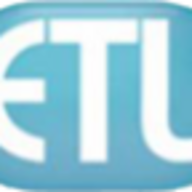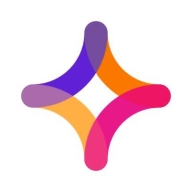

ETL Solutions Transformation Manager and Jitterbit Harmony are competing products in the data integration landscape. Jitterbit Harmony generally has the upper hand due to its robust features that appeal to organizations prioritizing advanced functionalities.
Features: ETL Solutions Transformation Manager focuses on data transformation and integration capabilities well-suited for complex data environments. Jitterbit Harmony stands out with its API creation and integration cloud services, which provide enhanced connectivity and automation. The key difference lies in Jitterbit's capacity to manage extensive APIs, while ETL Solutions specializes in complex transformation tasks.
Ease of Deployment and Customer Service: ETL Solutions offers straightforward deployment with flexible licensing options and reliable customer support. Jitterbit Harmony, through its cloud-centric deployment, provides strong support but may require more technical expertise to maximize potential. Deployment ease and service satisfaction vary, with ETL Solutions geared towards simpler operations, while Jitterbit caters to larger-scale integrations with potentially more complexity.
Pricing and ROI: ETL Solutions Transformation Manager is known for competitive pricing, delivering value for businesses focused on optimizing transformation processes. Jitterbit Harmony has a steeper pricing structure, justified by its extensive features and potential for significant long-term ROI, particularly in environments with high API interaction. The main difference is seen in ETL Solutions' initial cost-efficiency versus Jitterbit's feature-rich platform's long-term benefits.


Jitterbit Harmony is a comprehensive platform for data integration and API management, enabling seamless synchronization and automation across cloud-based and on-premises applications.
Users leverage Jitterbit Harmony to integrate systems like ERP and CRM applications, simplifying complex data workflows and enhancing automation. It supports efficient data migration and ensures smooth connectivity, handling diverse integration needs and helping streamline business processes. Users emphasize its drag-and-drop functionality and extensive templates, which contribute to its robust performance. However, improvements are needed in data mapping, error message clarity, and documentation, especially when dealing with large data volumes.
What are the key features of Jitterbit Harmony?Companies across retail, manufacturing, healthcare, and finance sectors use Jitterbit Harmony to integrate critical applications and automate workflows. In retail, it connects inventory systems with sales platforms, reducing manual effort. Manufacturers sync their ERP systems with supply chain software, optimizing operations. Healthcare organizations integrate patient management systems with insurance databases, streamlining patient care. Financial institutions use it to connect accounting software with banking systems, ensuring real-time financial data exchange.
We monitor all Data Integration reviews to prevent fraudulent reviews and keep review quality high. We do not post reviews by company employees or direct competitors. We validate each review for authenticity via cross-reference with LinkedIn, and personal follow-up with the reviewer when necessary.